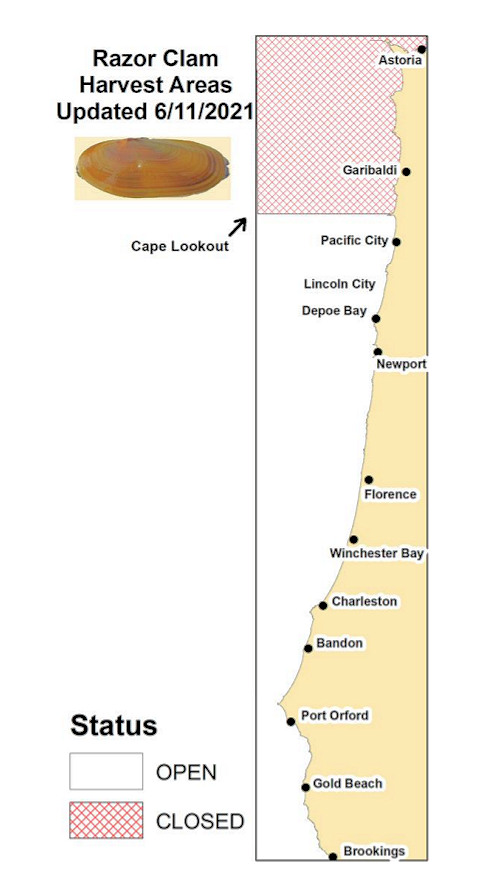“Our added winter moisture and active calling period led to a very long nesting and hatching season, starting in late April and extending into early summer, with chicks hatching as late as early July,” O’Dell said. “From a population standpoint, we are out of a deficit for the first time since 2001-2002. Quail are starting to pop up in places they haven’t been seen in a while.
“If you’ve never had the chance to experience what Arizona quail hunting built its name on, then this would be the year to get out and enjoy it.”
Meanwhile, hunters should note that the season for Mearns’ quail doesn’t begin until Dec. 4. It’s summer rainfall that plays a key role in nesting success and population numbers of this species. After a spotty and relatively weak monsoon across southern Arizona, these birds are likely to be abundant only in pockets that received sufficient precipitation this summer.
A valid Arizona hunting or combination hunt and fish license is required for all hunters 10 and older. Those hunters under 10 must either have a valid hunting or combination hunt and fish license, or be accompanied by an adult who possesses a valid hunting or combination hunt and fish license. Licenses can be purchased online or at license dealers statewide. A youth combination hunt and fish license (ages 10 to 17) is $5.
The general bag limit is 15 quail per day in the aggregate, of which no more than eight may be Mearns’ quail (when the Mearns’ season opens Dec. 4). The general possession limit is 45 quail in the aggregate after opening day, of which no more than 15 Gambel’s, scaled or California quail in the aggregate may be taken in any one day. After the opening of the Mearns’ season, the 45-quail possession limit may include 24 Mearns’ quail, of which no more than eight may be taken in any one day.
More quail-hunting information can be found on the department’s website at https://www.azgfd.com/Hunting/. Another resource for both new and experienced hunters alike is “An Introduction to Hunting Arizona’s Small Game.” Written by Randall D. Babb, the 196-page, full-color book covers where and how to hunt small game birds (like quail), squirrels, rabbits, ducks and geese. It also includes how to prepare and cook your harvest, with illustrations and recipes. The book can be ordered for $16.95 at www.azgfd.gov/publications.
Finally, hunters should check out O’Dell’s techniques for field-dressing quail at https://www.youtube.com/watch?v=3gRwZAcWzzk.
####
Publishers Notes: OUT OF STATE HUNTERS, FISHERMEN & OUTDOOR ENTHUSIASTS; Due to the Covid 19 pandemic, there could be limitations for OUT of STATE hunters, fishermen and other outdoor enthusiasts to include a 14-day quarantine requirement or negative COVID-19 testing alternative. Please check with the State's Department of Natural Resources BEFORE you travel or apply for the 2020 Fall Hunts.
Disclaimer: The views expressed on this site are that of the authors and not necessarily that of TBC Press
Oregon 2021 Razor Clam Harvesting Open on Central Coast
Submitted by: TBC Press
Posted on: 06/15/21
The Backcountry Press
The country's premier daily HUNTING, FISHING & OUTDOOR news in the USA and around the globe. Read whats happening in your neck of the woods & beyond.
© 2020 TBC Press - All Rights Reserved Website Design by:
News # 14400
The Oregon Department of Agriculture (ODA) and the Oregon Department of Fish and Wildlife (ODFW) announce the opening of all razor clam harvesting on the central Oregon coast.
Razor clamming is now open from Cape Lookout (just south of Netarts Bay) south to the California border. Recent shellfish samples taken from this area indicate levels of the marine biotoxin domoic acid have fallen below the alert level.
Razor clamming remains closed from Cape Lookout north to the Columbia River (including inside the Columbia River). This area of the north coast includes the popular Clatsop beaches which remain closed with razor clam samples well above the alert level. See map below or online at https://www.dfw.state.or.us/news/docs/2021/Razor_closure_2021_06_11.pdfof the open and closed areas.
"With a sample below the closure threshold two weeks ago, we were hopeful Clatsop beaches would reopen this weekend, but that's not the case," said Matt Hunter, ODFW Shellfish Project Leader. "However, Newport area beaches are now open so folks have more areas on the coast to razor clam."
The closure threshold for domoic acid in razor clams is 20 ppm (parts per million). Clatsop beach samples were 33 ppm.
Other razor clam harvest areas include beaches in Gold Beach, Bandon, and Winchester Bay among others.
Mussel, bay clam and crab harvesting remain open along the entire Oregon coast. Coastal scallops are not affected by biotoxin closures when only the adductor muscle is eaten. ODA does not recommend eating whole scallops. Commercial shellfish products remain safe for consumers.
Paralytic shellfish toxin and domoic acid toxin are produced by algae and originate in the ocean. ODA will continue to test for shellfish toxins twice per month, as tides and weather permit. Reopening an area closed for biotoxins requires two consecutive tests with results below the closure limit.
For more information call ODA's shellfish biotoxin safety hotline at (800) 448-2474, the Food Safety Division at (503) 986-4720, or visit the ODA Shellfish Biotoxin Closures webpage.
Contact ODFW for recreational license requirements, permits, rules and limits.
####













